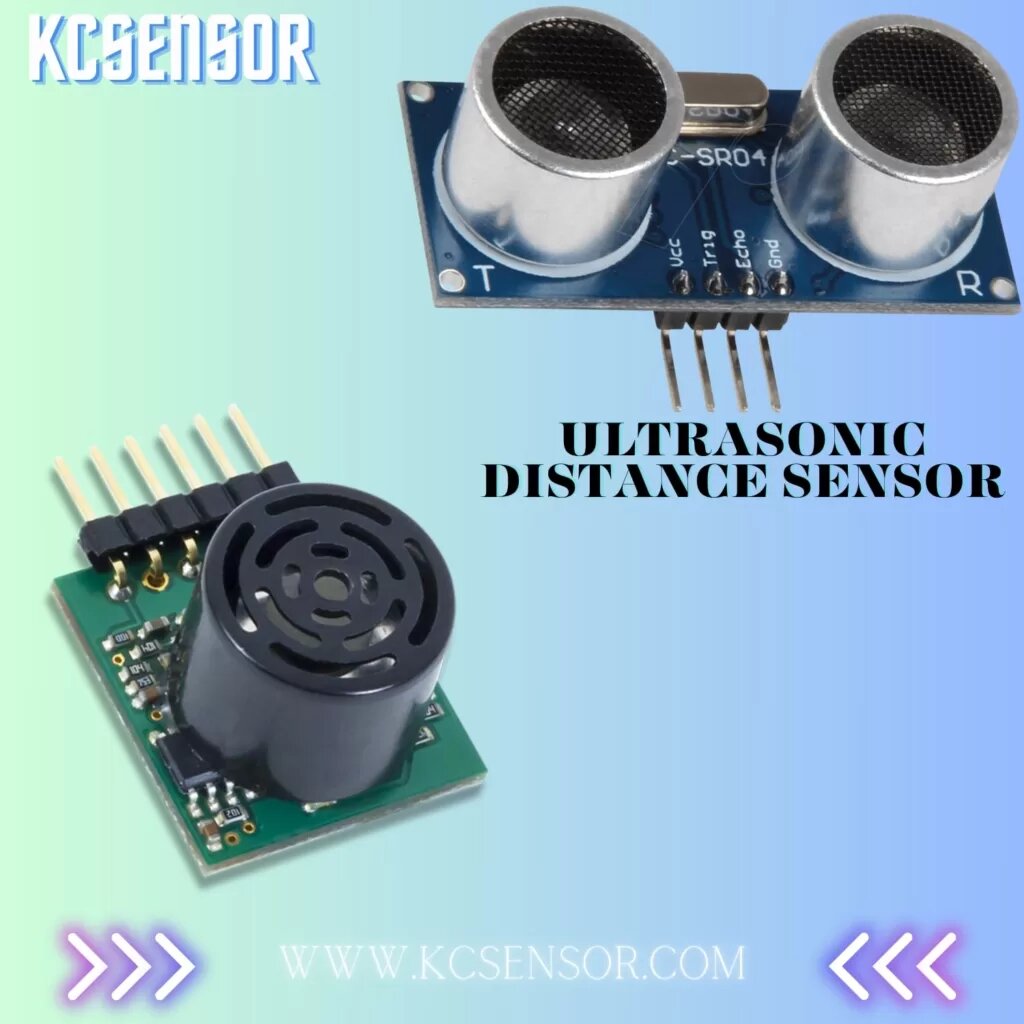Ultrasonic distance sensors are fascinating devices that play a crucial role in various applications, especially in navigation. Whether it’s for robots, drones, or even vehicles, these sensors help determine how far an object is from the sensor itself. In this blog post, we’ll explore what ultrasonic distance sensors are, how they work, and their importance in navigation.
What Are Ultrasonic Distance Sensors?
At its core, an ultrasonic distance sensor measures the distance to an object using sound waves. It emits high-frequency sound waves, which bounce off nearby objects and return to the sensor. By calculating the time it takes for the sound waves to return, the sensor can determine how far away the object is. This technology is similar to how bats navigate in the dark using echolocation.
How Do Ultrasonic Distance Sensors Work?
The working principle of ultrasonic distance sensors can be broken down into a few simple steps:
- Emission of Sound Waves: The sensor emits a burst of ultrasonic sound waves, which are usually above the range of human hearing.
- Sound Wave Reflection: These sound waves travel through the air until they hit an object. Upon hitting the object, the sound waves reflect toward the sensor.
- Receiving the Echo: The sensor detects the returning sound waves.
- Calculating Distance: By measuring the time it took for the sound waves to travel to the object and back, the sensor calculates the distance using the formula: Distance = (Speed of Sound × Time) / 2. The division by two accounts for the journey to the object and back.
Why Are Ultrasonic Distance Sensors Important in Navigation?
Ultrasonic distance sensors are essential for several reasons:
- Obstacle Detection: In robotics and autonomous vehicles, these sensors help identify obstacles in the path, allowing the system to navigate safely. For instance, a robot can avoid bumping into walls or furniture by using ultrasonic sensors to measure distances to nearby objects.
- Accurate Positioning: For drones and automated guided vehicles (AGVs), precise distance measurements help maintain altitude and navigate through complex environments. This accuracy is crucial for effective operation, especially in crowded or dynamic spaces.
- Cost-Effective Solutions: Compared to other distance-measuring technologies, ultrasonic sensors are relatively affordable and easy to implement. This makes them an attractive option for both hobbyists and industry professionals.
- Versatility: These sensors can be used in various conditions, including indoor and outdoor environments. They are effective in measuring distances over short ranges and can adapt to different surfaces, making them versatile for many applications.
Real-World Applications
Ultrasonic distance sensors are used in many fields. Here are a few examples:
- Robotics: In robotic vacuum cleaners, ultrasonic sensors help navigate around furniture and walls, ensuring efficient cleaning without collisions.
- Agriculture: In smart farming, these sensors help monitor the distance between crops and machinery, optimizing planting and harvesting processes.
- Automotive: Many modern vehicles use ultrasonic sensors for parking assistance, helping drivers avoid obstacles when reversing or parking.
Advantages of Ultrasonic Distance Sensors
Ultrasonic distance sensors come with several advantages that make them highly effective:
- Non-Contact Measurement: These sensors can measure distances without needing to touch the object, making them ideal for delicate situations where contact could cause damage.
- Wide Measurement Range: They can effectively measure distances ranging from a few centimeters to several meters, providing flexibility for various applications.
- Low Power Consumption: Ultrasonic sensors are energy-efficient, making them suitable for battery-operated devices like drones and remote-controlled robots.
Challenges and Limitations
While ultrasonic distance sensors are beneficial, they also come with some challenges:
- Environmental Sensitivity: Factors like temperature, humidity, and wind can affect the accuracy of the measurements. It’s essential to calibrate the sensors based on the specific environment.
- Surface Reflectivity: The material of the object being measured can impact the sensor’s performance. Soft or absorbent surfaces may not reflect sound waves effectively.
- Interference: Other ultrasonic devices in the vicinity can interfere with measurements, leading to inaccurate results.
Conclusion
Ultrasonic distance sensors are remarkable devices that enhance navigation across various applications. Their ability to measure distances accurately and detect obstacles plays a vital role in the functioning of robots, drones, and vehicles. As technology continues to advance, we can expect to see even more innovative uses for these sensors in the future. Whether you’re a tech enthusiast or simply curious about how things work, understanding ultrasonic distance sensors is a fascinating journey into the world of navigation technology.







